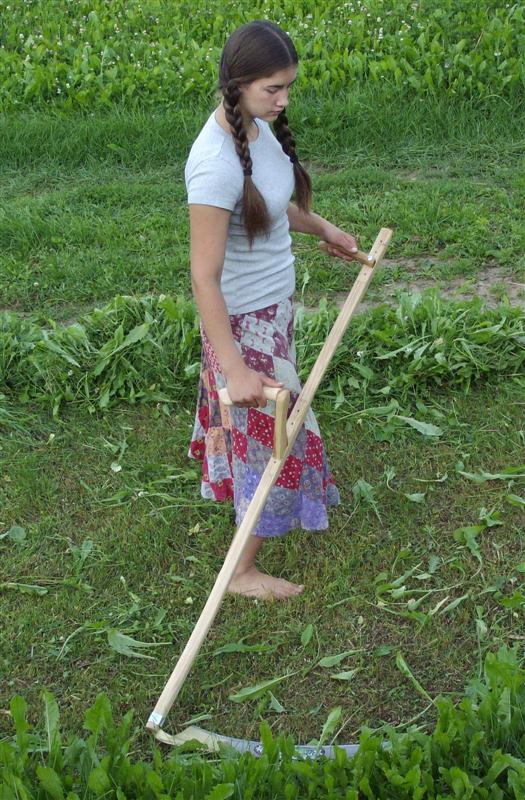
“The old man, holding himself erect, moved in front, with his feet turned out, taking long, regular strides, and with a precise and regular action which seemed to cost him no more effort than swinging one’s arms in walking, as though it were in play, he laid down the high, even row of grass. It was as though it were not he but the sharp scythe of itself swishing through the juicy grass.”
— from Anna Karenina, by Leo Tolstoy
If you have ever been curious about scything and wondered if it might be for you, consider treating yourself to reading Anna Karenina, chapters 4 and 5. The description of hay-making with scythes, the sounds and smells and feel of it, is wonderful. For those of us who enjoy closeness with nature and the feel of working outdoors, it is enchanting
That’s what did it for me. I purchased a snath handle and two blades from Lehman’s and made hand-haying my goal.
Lesson #1: It takes a bit more planning than that to start a hayfield.
Not to worry. I’m working out a plan for the hay. But a few weeks ago I had a more immediate need.
Caesar Creek runs through a beautiful farm property adjacent to mine, on which I have permission to ride my horses around the crop fields. The part where I have been riding is a large field, over 100 acres, with the creek making up almost half of its boundary.
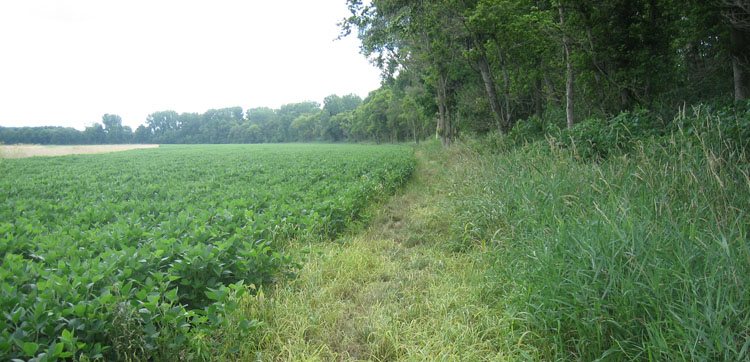
It was a boundary to me, anyway, because it was impenetrable. High, steep banks made most approaches impossible on horseback, and the wooded vegetation on both sides was deep, dark, and full of nettles — painful to both horse and rider.
Then one day, on a long ride down a local country road, I discovered the actual back side of this property. It was so much bigger than I realized! And the most beautiful and tranquil parts of it were on the other side of the creek, a maze of rolling, picturesque crop fields linked by decades-old paths through wooded glens.
I just had to find a way to cross the creek.
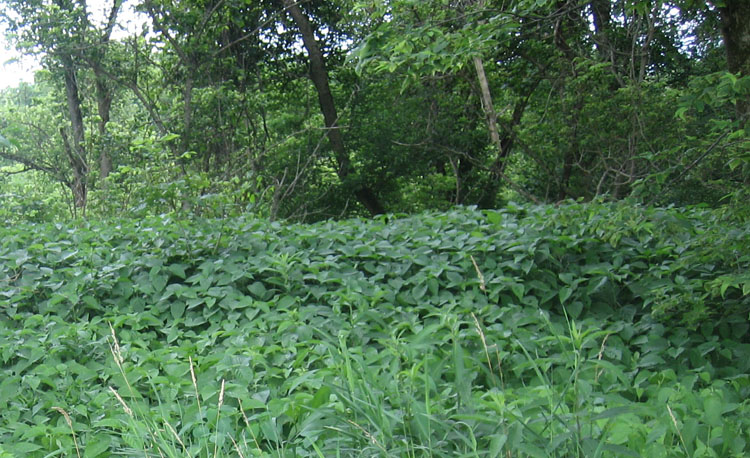
Lesson #2: Nettles cannot be bargained with.
These weren’t just nettles. They were uber-nettles — tall, dense plant-warriors, ready to sting at the slightest disturbance.
But then I realized they had taken over so completely that little else grew in the woods surrounding the creek – a uniform population, with tender, juicy stalks that wouldn’t bother my scythe one bit.
“I came; I saw; I scythed.” — A. A. Jones
I studied an aerial map to figure out where I should start making my path to the creek.
Then I had to decide how to get there with my nettle-neutralizing gear and enough energy left to do the job. The starting place was at least a mile from my house through fields — too far to walk and still be a threat to the nettle population when I got there. The nearest road would put me within 200 yards, but there was a bog in between — also no good. I decided packing everything in on horseback was the best way to go.
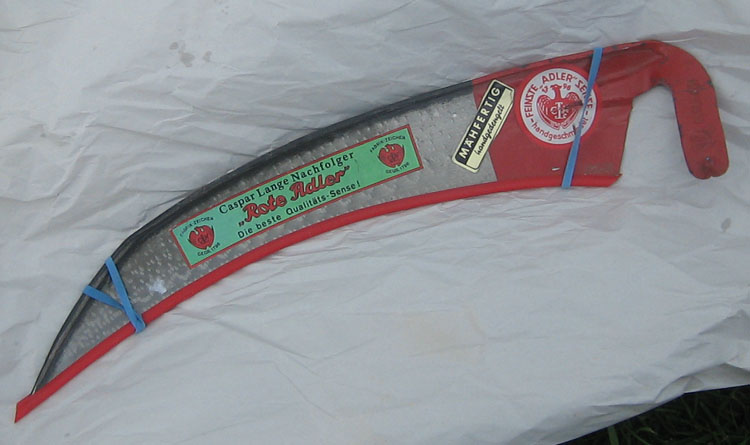 I chose the shorter of my two scythe blades, designed more for weeds than hay.
I chose the shorter of my two scythe blades, designed more for weeds than hay.
The snath handle was the biggest transportation challenge.
My solution was to attach a banjo strap and sling it over my shoulder.

Everything else fit in my cantle bag on the saddle, even the carefully-wrapped scythe blade. I was all set!
Lastly, I used my favorite knot from my youthful days as a wrangler to secure a lead rope safely around my horse’s neck. This would make tying up quick and easy once we were on the trail.
With my sensible 17-year-old Tennessee Walking Horse mare loaded and ready to go, we headed out to the site.
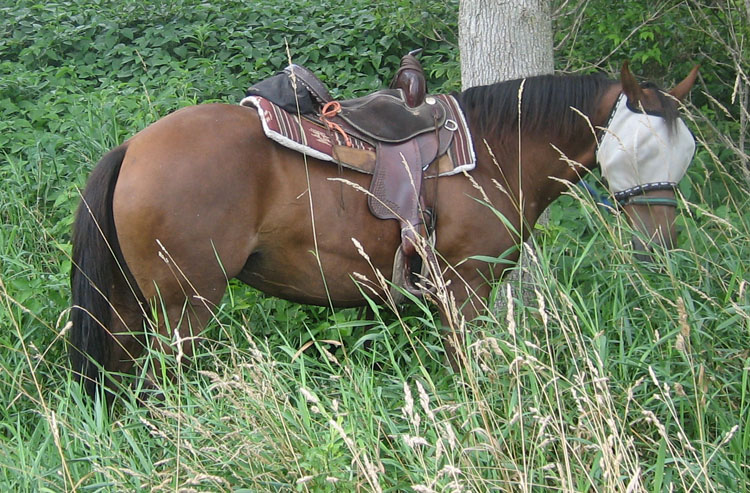
My first order of business was to knock down enough nettles to give my horse a comfortable place to stand under a shade tree, at the edge of the woods. Then I removed her bridle, attached her fly mask, loosened the saddle, and asked for her patience.
Minutes later the scything began in earnest, and I didn’t stop for two hours. I didn’t mean to go that long without a break, but I found myself hooked by the same almost Zen quality that comes with playing golf.
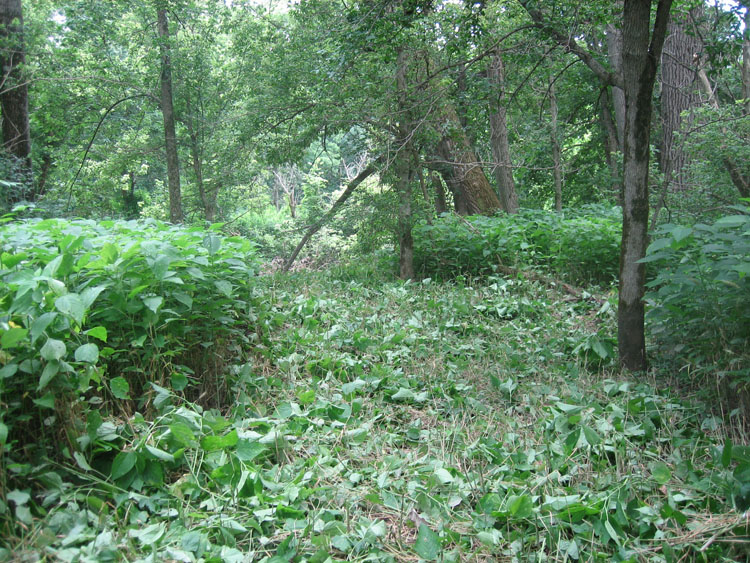
For me that means initial frustration, followed by working at it too hard, followed by more frustration, until I am about to give it up for good, then I finally relax and … Thwack! The golf ball sails, and I can’t wait to do it again.
I kept trying to remember all I had read about proper scything technique, but it was difficult to apply in the moment. When I would notice myself struggling, I realized I was making choppy strokes, all arms, and the cutting was difficult. So I would take a breath, and then swing smoothly with my body, letting the blade do the work. And voila! The nettles cut like soft butter.
Oh yes, I kept going.
After two hours I had made it deep into the woods, well out of sight of my horse who grew nervous and whinnied for me. That’s what reminded me to take a break. After checking in with the The Boss (her name is Robin) and rehydrating, I went back in to make a final push to the creek, which was now almost visible. I went straight for the sound of water, ready for this job to be over.
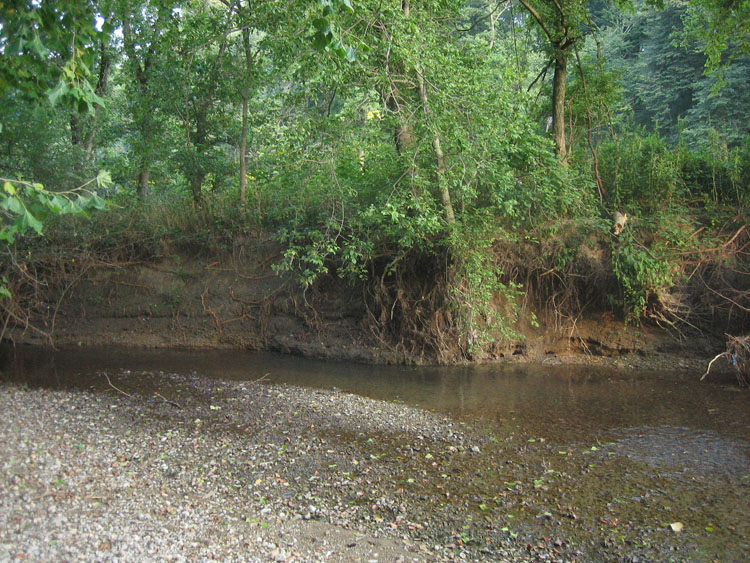
After another 20 minutes of work, I realized I was about eight feet too high. I had come out on one of the creek’s many steep, high banks. I retraced my path and continued cutting parallel to the creek another 50 feet or so until the contour looked more promising, and tried again. This time I came out at a small step-down bank opening onto a wide sand bar — perfect!
I went back for my horse, and we tried out the new path. A few tree limbs needed to be cut, but it was passable.
Once we were in the creek, I took a few minutes to survey the other side — only steep, high banks in sight.
Now aware of how tired I was, I would leave it for another day to find an exit from the creek on the other side.
Look for the second installment of Scything Caesar Creek on Wednesday, September 3.


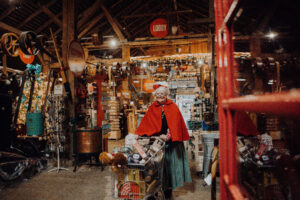



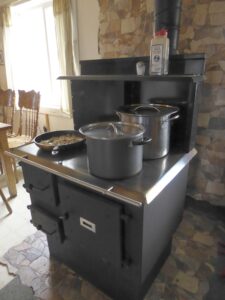







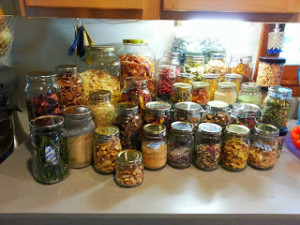
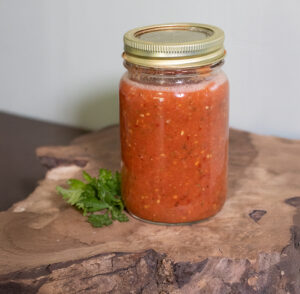









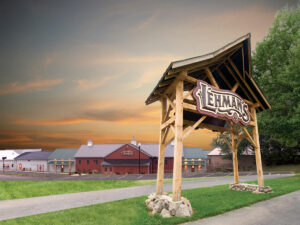
Such an enjoyable read and explanation on scythe using. All of those pictures you painted with words will stick like magic and unfold when needed. Thanks!